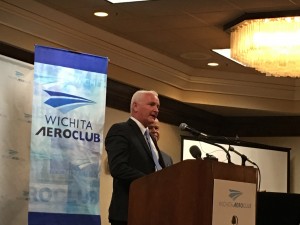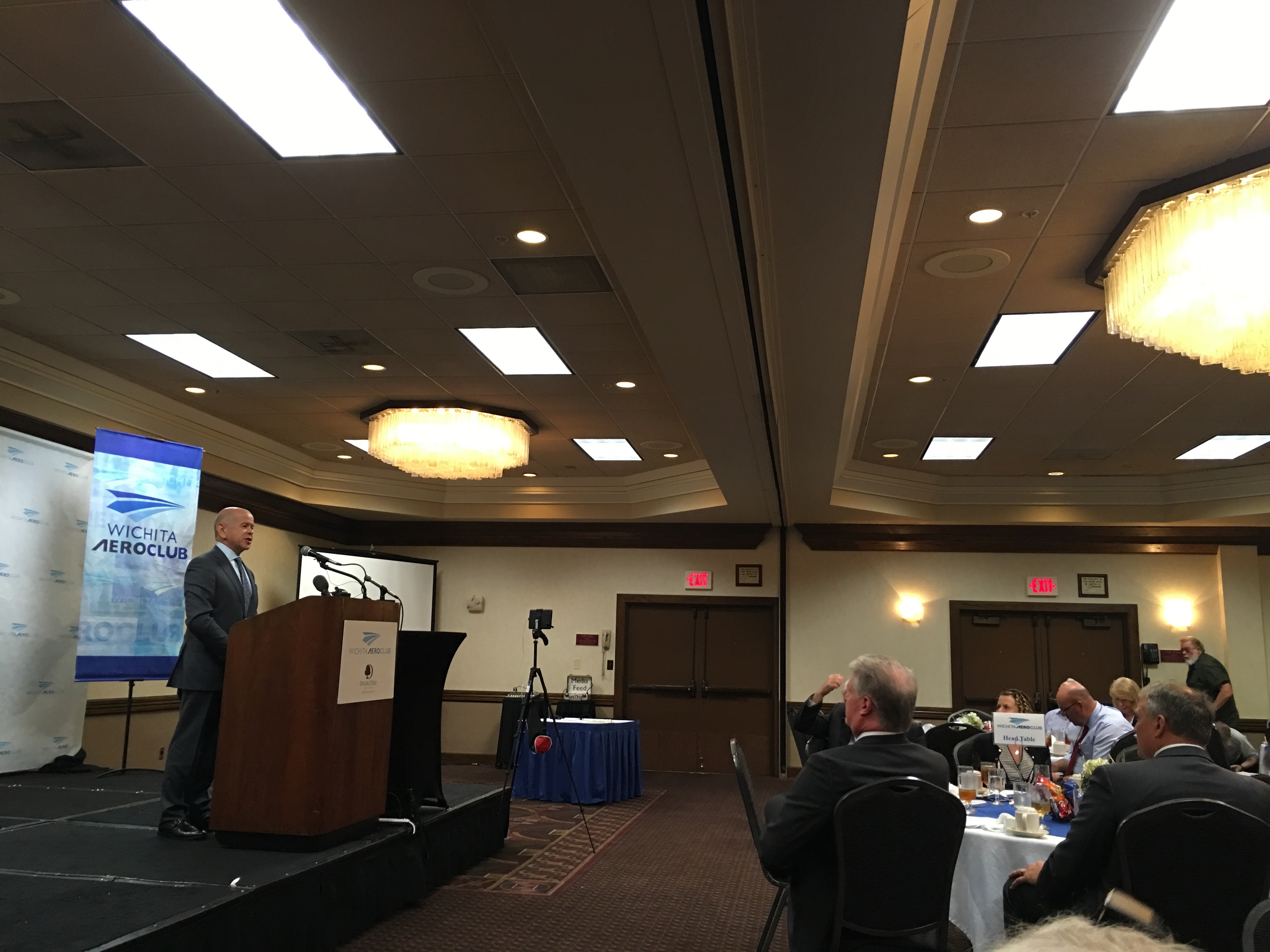NextGen Retrofit Rebate Incentivizes Aircraft Owners to Act Fast
06.09.16 · Greteman Group
Deadlines spur action. But sometimes even those aren’t enough to get the job done. Sometimes you need an incentive. Preferably monetary.

That insight has led the Federal Aviation Administration (FAA) to offer $10 million in rebates. A coalition of general aviation groups came to the Air Capital on Monday, June 6, for a press conference announcing the incentive. It was hosted by the Wichita Aero Club and featured FAA Administrator Michael Huerta and senior officials from stakeholder groups such as the Aircraft Electronics Association (AEA), Aircraft Owners and Pilots Association (AOPA), and General Aviation Manufacturers Association (GAMA).
At issue is the regulatory deadline for required NextGen avionics technology. Automatic dependent surveillance-broadcast (ADS-B) – a game-changing satellite-based identification technology – is a foundational element. A final ruling was published in May 2010 mandating that all aircraft in certain controlled airspace be equipped with ADS-B Out by Jan. 1, 2020. (That airspace is generally the

same busy airspace that requires transponders. Exempt aircraft include those without electrical systems – think balloons and gliders – and those that fly only in uncontrolled airspace not requiring transponders.)
An estimated 160,000 aircraft need to be equipped by the deadline. Starting this fall, the FAA will issue 20,000 $500 rebates in a first-come-first-served manner. The rebate program runs for one year or until all 20,000 rebates are claimed. Whichever comes first. Eligible aircraft include U.S.-registered, fixed-wing, single-engine piston aircraft. One rebate will be allowed per aircraft owner. Plans call for the AEA to distribute the FAA rebate checks to qualifying aircraft owners. For full eligibility and installation requirements, visit http://www.faa.gov/news/fact_sheets/news_story.cfm?newsId=20434.
Safety benefits of ADS-B include improved lifesaving search-and-rescue through accurate and timely last-reported positions. People about to purchase new aircraft should ensure the planes comply with these NextGen mandates. Administrator Huerta expressed confidence that aircraft manufacturers will respond to the market.
“No one wants to buy a plane that won’t be compliant in just a few years.”
This column ran in the June 9 issue of BlueSky Business Aviation News.
